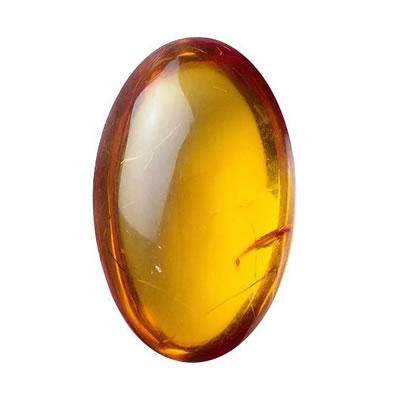Coral

Coral jewelry
Etymology and history
At the beginning of the Christian era, there was a great trade carried on in coral between the Mediterranean and India, where it was highly esteemed as a substance endowed with mysterious sacred properties. It is remarked by Pliny that, previous to the existence of the Indian demand, the Gauls were in the habit of using it for the ornamentation of their weapons of war and helmets; but in his day, so great was the Eastern demand, that it was very rarely seen even in the regions which produced it. Among the Romans branches of coral were hung around children's necks to preserve them from danger, and the substance had many medicinal virtues attributed to it. A belief in its potency as a charm continued to be entertained throughout medieval times; and even early in the 20th century in Italy was worn as a preservative from the evil eye, and by females as a cure for sterility.
Coral description
Precious coral or red coral is the common name given to Corallium rubrum and several related species of marine coral. The distinguishing characteristic of precious corals is their durable and intensely colored red or pink skeleton, which is used for making jewelry. Coral is not a mineral but a hard calcareous substance consisting of the continuous skeleton secreted by many tribes of marine coelenterate polyps for their support and habitation. It is found growing plant-like on the sea-bottom. With pollution on the rise everywhere it is becoming increasingly rare, to the extent that even the most prized, the Mediterranean coral, is threatened with extinction.
Coral in Jewelry
Coral's many colors give it appeal for necklaces and other jewelry. Intensely red coral is prized as a gemstone. It is sometimes called fire coral, but is not the same as fire coral. Red coral is very rare because of over harvesting due to the great demand for perfect specimens.
Occurrence
The hermatypic, stony corals are often found in coral reefs, large calcium carbonate structures generally found in shallow, tropical water. Reefs are built up from coral skeletons and held together by layers of calcium carbonate produced by coralline algae. Reefs are extremely diverse marine ecosystems hosting over 4,000 species of fish, massive numbers of cnidarians, mollusks, crustaceans, and many other animals.
Talk to Our Jewelry Experts
Monday to Friday from 9AM to 5PM EST













